Refuge Recovery – Reflections on Recovery
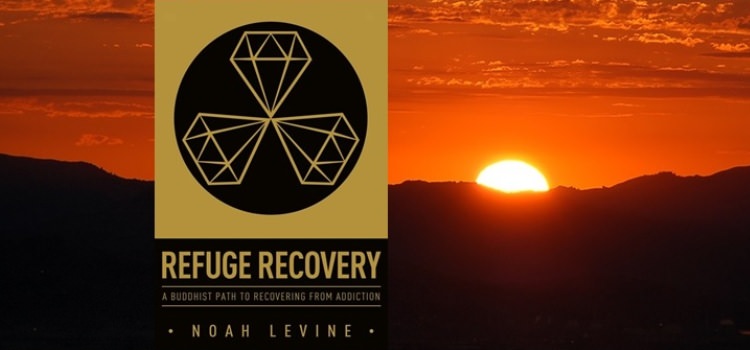
Refuge Recovery Part Two
Reflections on Recovery
“The following is a personal recovery story from a member of our Refuge Recovery Community. We have included these stories for those new to recovery to get a sense of the various ways in which recovery happens. You are not alone in your suffering, your confusion, or your path of healing and recovery.”
Mary
I grew up in New York City with a schizophrenic mother. It had an impact. My dad passed away when I was five, and my two older brothers had already moved out of the house. So it was just me, my mom, and a scary and overwhelming world.
Everything was my responsibility, but I didn’t know what to do. For a while Mom was somewhat functional, at least on the outside, but the house was always falling apart, a disaster that I couldn’t handle. I couldn’t allow anyone to know that my mother was the way she was and that our house was horrific. I kept the outside world and world inside my house separate and made sure the two would never meet. The more the house’s walls started to fall down around me, the quicker I built my figurative inner walls at a very early age to protect myself. The inside world of my emotions moved behind this wall because no one could ever, ever know anything about that either. Ever.
I see pictures of myself at age seven. They show a little girl getting plumper and plumper. They show a little girl who found refuge in food.
I remember going to the corner market and buying candy bar after candy bar. The man behind the counter looked at me and said he hoped the candy was not all for me. I lied and said, “No.” I had found solace in food, and hiding and shame followed me there.
By the time I was a teenager, my mother’s paranoid schizophrenia had taken its final hold. She lived on the couch and listened to the messages on the TV. She believed people were keeping her riches from her and that the comedians on TV were making jokes at her expense. When I broke my arm, she thought I did it on purpose, so the hospital could get some money from her. She was my responsibility and my fault. It was such a mess I barely survived high school. I honestly don’t know how I did.
After graduation, my brother invited me to come live with him and his new wife in San Jose. I said yes, and they sent me a plane ticket. I left New York, left my mom by herself, and went to the Promised Land. Northern California in the early 1970s was party central. I was eighteen, my brother and his friends were thirty, and I immediately became grown up. Everything was wonderful. I no longer stuffed my face to fix the pain. But there were bottles of wine, tequila and whites, sheets of acid and kilos of dope. I thought I was in heaven.
In California, I started to get my life together. I got a job and went to college. But my drinking and drug use really took off there. I was in a relationship with a guy who liked to drink as much as I, so everything seemed fine for a while. But the walls I had put in place when I was a kid were pretty solid by then. I had no idea how to be in a relationship. I kept waiting for him to read my mind. Needless to say, it didn’t work out.
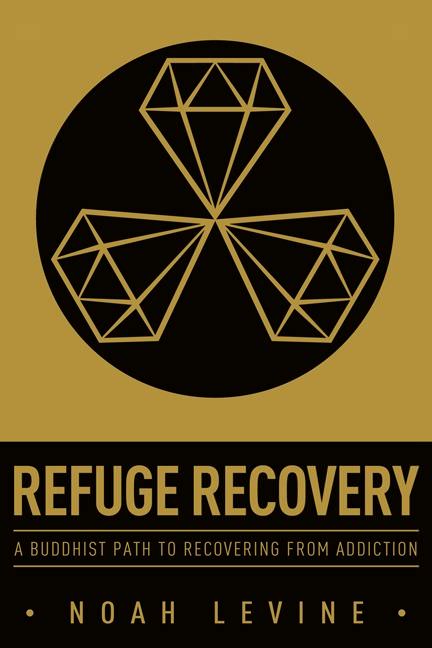
Today’s article is Chapter 18 of Refuge Recovery. Click on the image above to access the book on Amazon.
I went off to Israel with a group of people from the California State University system and proceeded to party for a year. But when I got back, I stumbled along into a dysfunctional relationship for a couple of years. I would take the car and drive up to the redwoods and dream of being anywhere but where I was. I drove and I drove, but it was never far enough away. I was drinking, but food had come back as a way to cope. After two years, the relationship ended, and I graduated from college at that time.
I hadn’t figured out what else to do, so I kept on going to school.
I moved to Los Angeles, where I studied archaeology at UCLA. Somehow I earned my master’s degree, so I kept trudging on in the Ph.D. program. But drinking a whole bunch every day and graduate academics didn’t mix well, and drinking won out more and more. I knew I was an alcoholic, but I told myself it was okay because I was not hurting anyone but myself.
Around this time, I got arrested for drunk driving and was sentenced to attend some 12-step meetings. I went because I had to and kind of enjoyed them, but the word God made my skin crawl. I knew it worked for others, but I was not interested. I had gone to Catholic school for twelve years, but I turned my back on a god at an early age because it never made sense to me. The idea of a life without drinking was unfathomable, so I kept on, again rationalizing that I wasn’t hurting anyone but myself.
I started falling behind in school and, when I was offered a full-time job, I snapped it up. I told my professor I was taking some time off, but for all intents and purposes, I closed the door on archaeology, something I loved. I told myself it was no big deal and drank more to forget about it.
I started living in a little single apartment. I was on my own for the first time. And my life got smaller. I went to work in the morning, came home, drank, and passed out. I would sit and drink and listen to music and tell myself I was happy to be alone, that I didn’t need anyone. At work, I perfected a Little Mary Sunshine persona. Everything was always good and wonderful, and I was happy and shiny and perfect. I know in hindsight that I thought I had to be that way to fit in. Any messiness would not be accepted. Any imperfections would be dealt with harshly. Deep inside, I felt very broken, so being alone was my only answer. I could be Little Mary Sunshine for eight hours a day, and crash and burn for the rest. The walls got taller and thicker.
In spite of my isolation, I got involved with a guy from work. The relationship did not go the way I wanted. We broke up. One night, I found myself setting out to get even with him. I knew how to hurt him and I did. I won’t go into all the details, but I do remember realizing the next morning that I had crossed that line. I realized what I had done, how I intentionally hurt him. The lie I had been living, about only hurting myself, had been exposed.
I admitted to him that I was an alcoholic, mostly because I learned that was a good excuse when my behavior was really bad. But something within me had changed, because normally I would disappear from the relationship, and this time I knew I would have to do something about it. I didn’t drink for two weeks, which I was proud of. I felt good not being sick and hungover every day. But after two weeks, I grew so uncomfortable in my own skin that even though I didn’t consciously feel the desire to drink, I drank anyway. I know today that I took away my only coping mechanism but did not replace it with anything else. The discomfort became too great. I was off and running again.
I needed to get help again so I found myself back in a 12-step program. They still said that word God, but this time my skin didn’t crawl. I felt some hope. I found myself going back, day after day. And I found that I remained sober.
This recovery program was my lifeline. For my whole life, I had felt the need to keep up a smiley persona on the outside while I hid everything on the inside. The 12-step program showed me I could admit that I needed help without having to open my mouth and actually say the words out loud. That’s the best I could do at the time, and it was enough. Slowly, I absorbed what was being said at the meetings and I got involved. I found someone I could trust to work with and I made a commitment to tell her what was going on inside. I heard them say you only had to change one thing, everything, but honesty was what was required.
I found a new way of life and was able to begin the healing journey. As I got more and more involved with meetings and the 12 steps, the fog lifted, which let me see how my fear and my natural instinct for survival created so many of my problems. I started to chip away at the walls that kept me separated from the world. Though I was never able to connect with a Judeo-Christian idea of a god, I was able to define my higher power as a Group of Drunks and I slowly began to trust others. I learned that I was not the center of the universe, and it became a daily task to remember that fact.
From very early on in my recovery, I took some time each morning to be quiet and reflect, sometimes reading or writing or just sitting. At some point, I began a very simple meditation practice of breathing and using mantras such as, “let go.” Of course the serenity would disappear once I left my house, but that quiet time has remained a constant in my life.
Life went on, and recovery continued. I got married and held a job. I moved through life with a willingness to change in some respects but was incapable of seeing how to do it. I still thought I had to achieve something to be okay. I had to be the top performer at work. I thought I had to be perfect in my recovery. I thought I had to have the perfect home, and the perfect marriage. I never believed that anything I had, or did, or said, was enough. I always felt like I had to figure out everything in my own head before I made a move. I lived this way without seeing it for many years, experiencing the discomfort of not being enough and still being on the outside looking in.
Along with this sense of inadequacy was a nonstop sound track of comparing and judging. And I was never on the plus side. The walls had diminished a bit, but they were still there.
Even with years of sobriety, I felt trapped at times. I had learned to open up by working with others, but only to a certain extent. It took me a long time to realize how much of an impact my growing up had on me and how thick those walls were and how I hid inside them. I would look around and see others sharing at a deeper level than I could. Women would share things with me I could never dream of telling someone else. I told just enough to get along, and within the prescribed parameters of what a sponsor or sponsee could or should share. Outside of those parameters it was still too scary to open up, too scary to even acknowledge anything.
On the spiritual side of things, I never developed a belief in any kind of god and continued to resist that piece of the 12-step program. I would simply ignore the talk of God, and I still considered my higher power as something over there that I had no clue about but knew it wasn’t me. Prayer, so important in 12-step work, was never a tool I used or something that made much sense to me. I had nothing to pray to and did not look to anything divine to fix me.
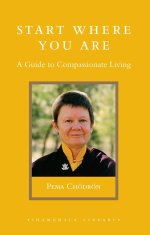 Sometimes, however, I did feel a momentary sense of calm and ease when I could totally let go into the moment, in spite of what was going on in my life. When I read Start Where You Are by Pema Chödrön, I was amazed. I ran around waving the book at everyone and yelling, “This is my program, this is my program.”
Sometimes, however, I did feel a momentary sense of calm and ease when I could totally let go into the moment, in spite of what was going on in my life. When I read Start Where You Are by Pema Chödrön, I was amazed. I ran around waving the book at everyone and yelling, “This is my program, this is my program.”
After nineteen years of sobriety, however, something still wasn’t right.
I was deep in my program and involved with the group and with others. I worked on so many of my runaway instincts and had built a good life, but there were dark places that had me so very broken. I couldn’t explain them. A number of things happened around this time. My outside experiences were good, but inside was bleak and there was still a dramatic separation of the inside and the outside, and I was uncomfortable.
During a regular mammogram, they found a small lump and wanted to do more work. I retreated further inside. I told my husband, but no one else. They did a procedure, but it was inconclusive so they had to do another one, a little more invasive. I still told no one. I didn’t even want my husband to come to the hospital. “I’m fine, leave me alone,” I told him. I would spend hours in my head dreaming of running away. The thought of dying was actually pleasant. This line of thought made perfect sense.
 Leading up to this I had spent almost a year going through Sharon Salzberg’s Lovingkindness. Every morning, I did the practices, and I noticed a difference in how I felt toward others, specifically people I once felt neutral toward. Wow, this stuff worked. At the end of that year, and around the time of my mammogram, I found the Dharma Punx website and saw an announcement about a New Year’s Eve Intention-Setting ceremony. It sounded really good, so I went.
Leading up to this I had spent almost a year going through Sharon Salzberg’s Lovingkindness. Every morning, I did the practices, and I noticed a difference in how I felt toward others, specifically people I once felt neutral toward. Wow, this stuff worked. At the end of that year, and around the time of my mammogram, I found the Dharma Punx website and saw an announcement about a New Year’s Eve Intention-Setting ceremony. It sounded really good, so I went.
The place was packed, and I didn’t know a single person there. My intention – to have more compassion for myself – came out spontaneously. I was shocked by the words I heard myself saying but was so touched by my experience that I was determined to go to the weekly meditation classes that Noah Levine had set up in Los Angeles a few months earlier. I went once and knew I could not stop going. My life changed again.
Formal Buddhist practice took the recovery program I had developed through the 12 steps and my own experience and sharpened it to a precision edge. Ideas that were partially formed before, such as staying in the now and being with life as it unfolded, came into focus and were outlined and delineated in such a way that I couldn’t imagine this practice not being a part of recovery or of my life. These practices became tools to use to continue the journey. I had been floundering for a few years, and now, finally, the path had been opened. And the work was just beginning.
I have hit wall after wall in practice. Daily meditation and extended periods on retreat have helped melt the barriers that self-preservation built. For the first time, I started to look at the impact my early years had on me, and, through meditation, I was able to sit and begin to see how those experiences conditioned me in a way that I could not have seen otherwise. I had spent my whole life in my head. I kept turning to food or drugs or alcohol to keep the pain away. With meditation I allowed the feelings to arise and learned to be quiet with them. For so many years I had listened to the stories in my head, and although I knew they were false and I tried to power my way through them, I couldn’t.
Occasionally I had breakthroughs where the experience moved from the mind to the heart, but here were tools I could use specifically to address my recovery. Not just recovery from my physical addictions, but tools to enable me to heal at a deeper level. The walls I put in place began to dissolve with the patient application of mindfulness. The willingness to look at what arose inside, whether it matched the story in my head or not, was the effort the Buddha talked about that was necessary for liberation.
The Buddha taught that we don’t get out of this life without pain, but I had spent my whole life avoiding it. I was diagnosed with the human condition and finally was able to turn and face the pain. The grasping for something out there to fix me was never going to work. Turning inside to heal is where the practice occurs. The first healing was internal. I learned it was not self-indulgent to bring compassion to your own experience. In fact, it was the answer. Not lame, but strong. Oh, who knew? Grief, anger, and shame saw the light of day for the first time, and I welcomed them.
But this is not a practice that promises instant gratification or permanent bliss. As I continue to live and breathe and stay willing, mindfulness and effort allow more insights. I hit another wall a few years later and found that the old ideas of self were still strong. They still kept me from connecting with others. I went into therapy to help me clearly see what was keeping me from other people. Another wall came down.
Nothing in my past has changed. Nothing about my story has changed. What has changed is my ability to see the habitual patterns of thinking that kept me suffering, dissatisfied or stressed, or off-kilter – or however you want to translate dukkha. My perception of the facts is ever-shifting. My ideas are dissolving. The practice requires a continual effort to feel whatever arises in each moment. Continued focus on each moment requires more and more subtlety and feeling of each moment. “What is this?” becomes the question of the moment, every moment. And the new response is kindness rather than a search for a way out of the present, however justified it may seem at the moment. It’s okay to receive a diagnosis that reads, “Human Condition.” In fact, it’s the only response that allows the connection with others I didn’t even know I was missing.
Today, I continue the work on the path and I continue to uncover my heart’s true nature as I cultivate a mind-body connection that responds to life with love and compassion. The judgmental and belittling voices still show up, but I say hello and let them continue on their way. I now feel ease and comfort while experiencing life as it unfolds, along with a deep knowing that drinking or drugging or eating or anything will not fix what’s not broken.


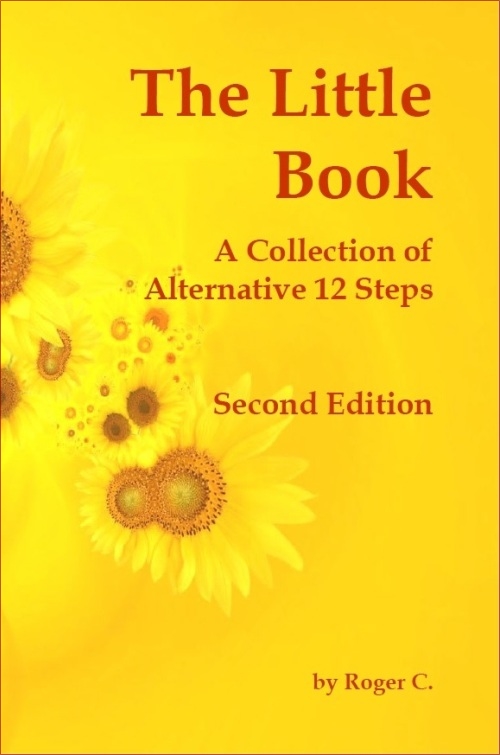

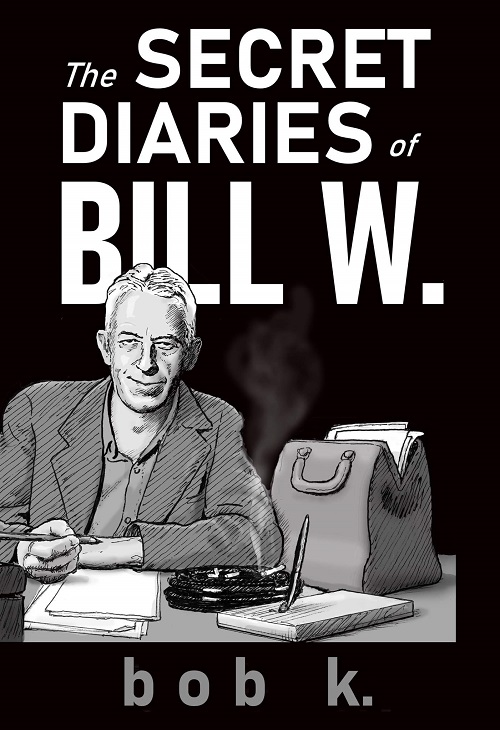



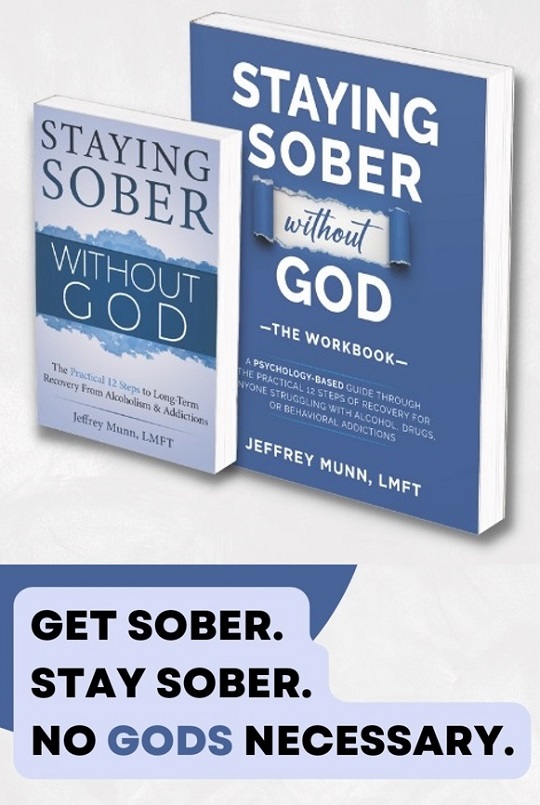
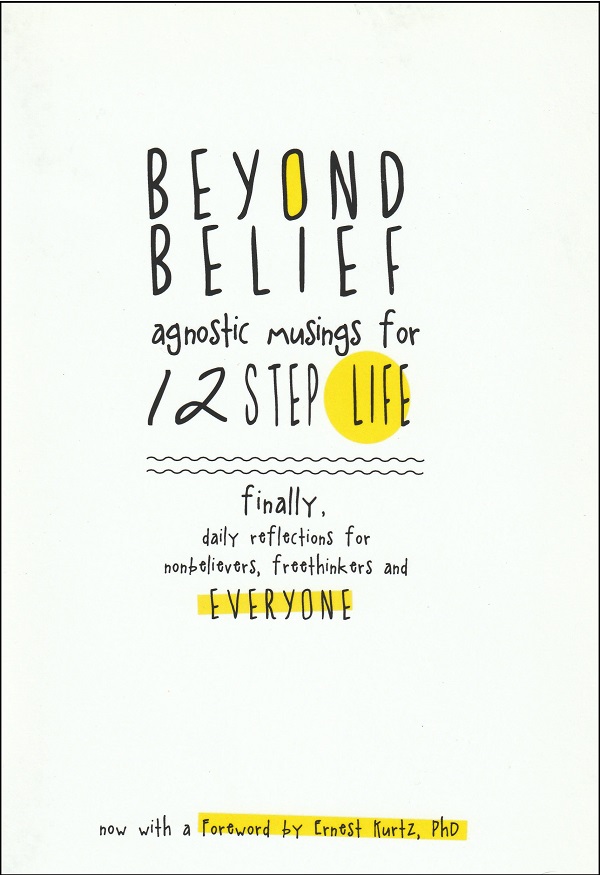

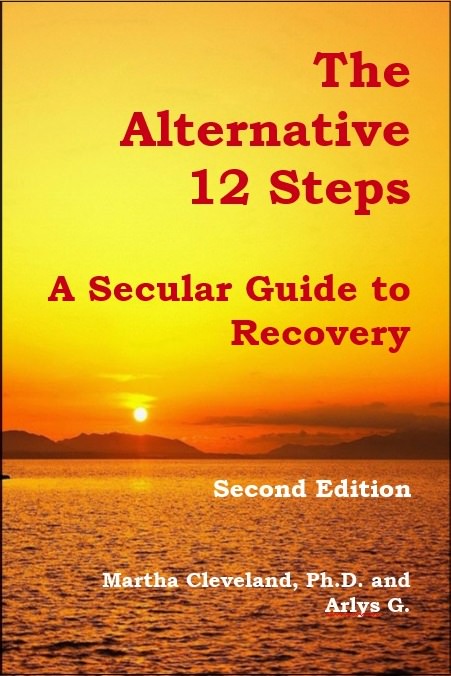
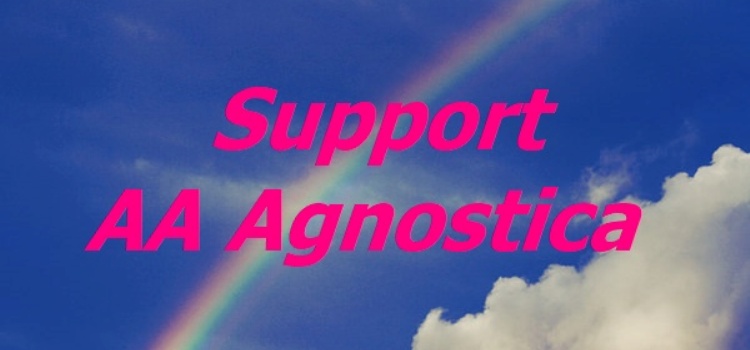
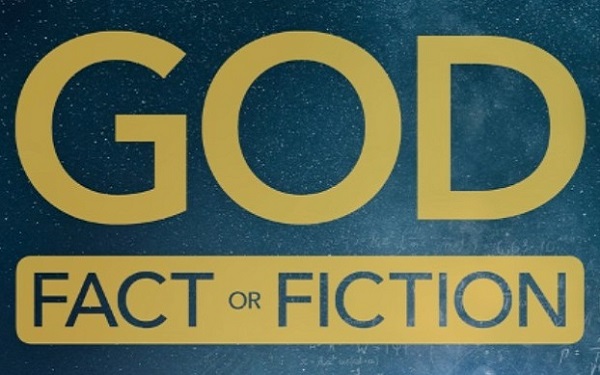


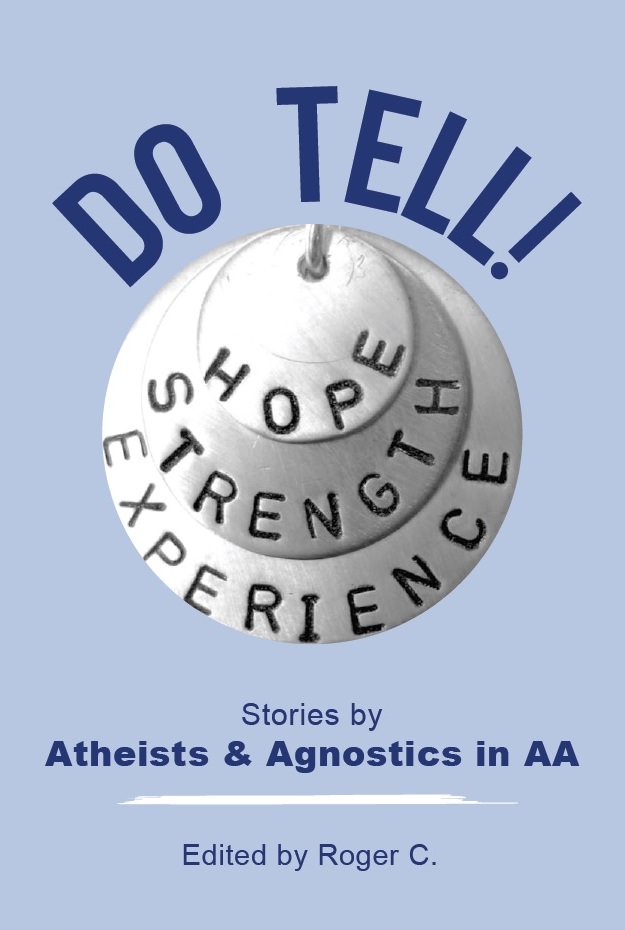
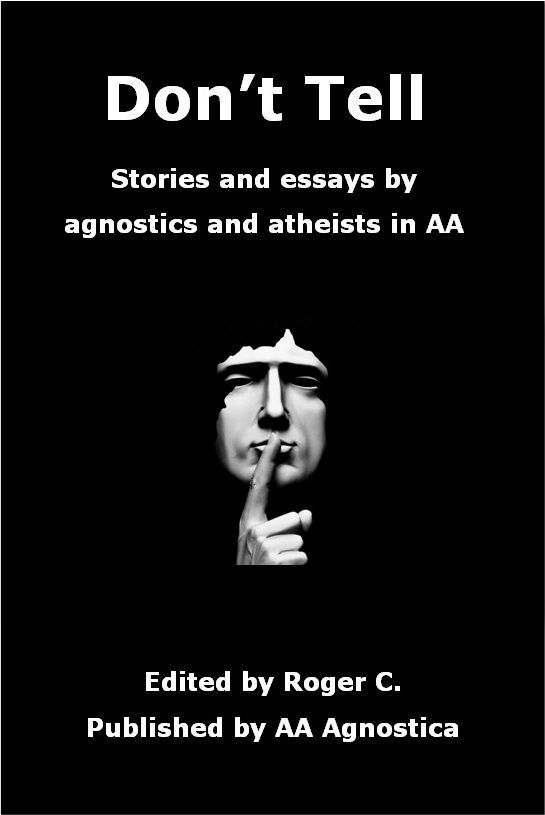
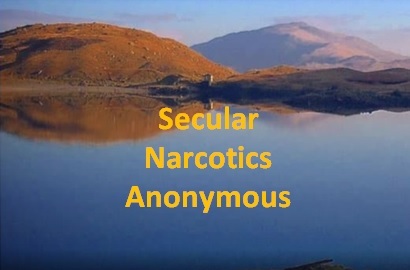

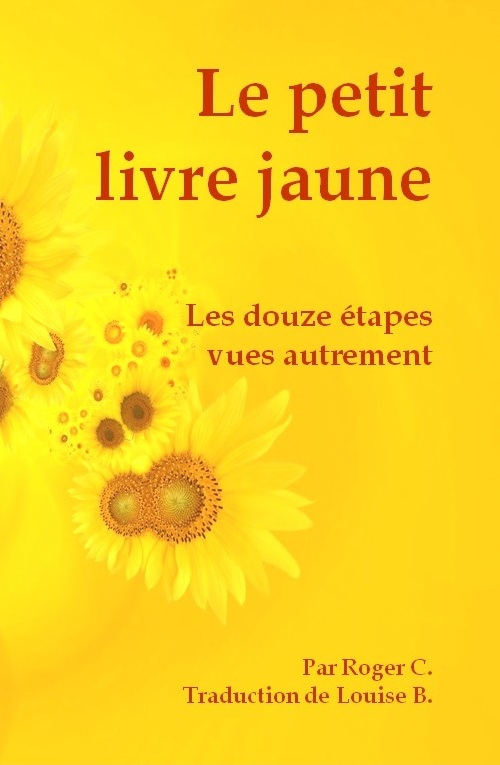
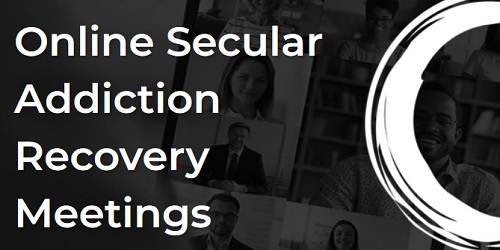


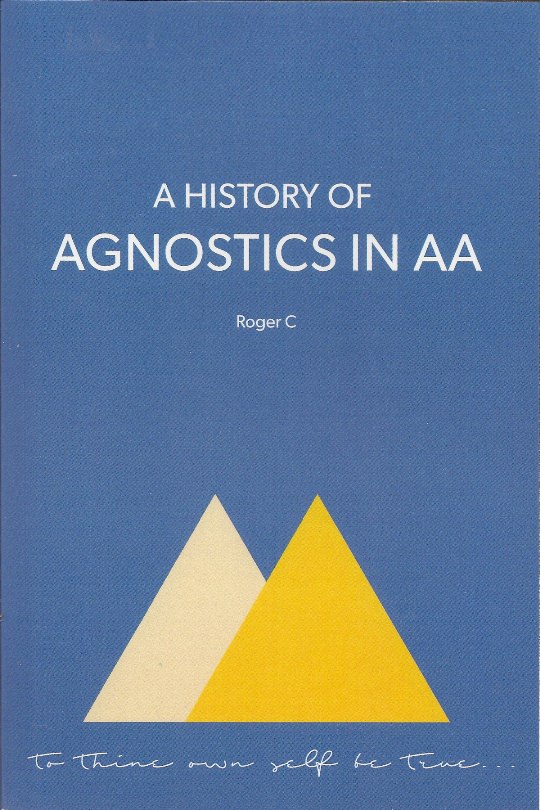
Thank you Mary. Your description of your recovery is profound and inspiring.
Thank you for your story, and your literature suggestions.
What a beautiful articulation of a profound journey, Mary. So much of your story resonates with me! Thank you for sharing this.